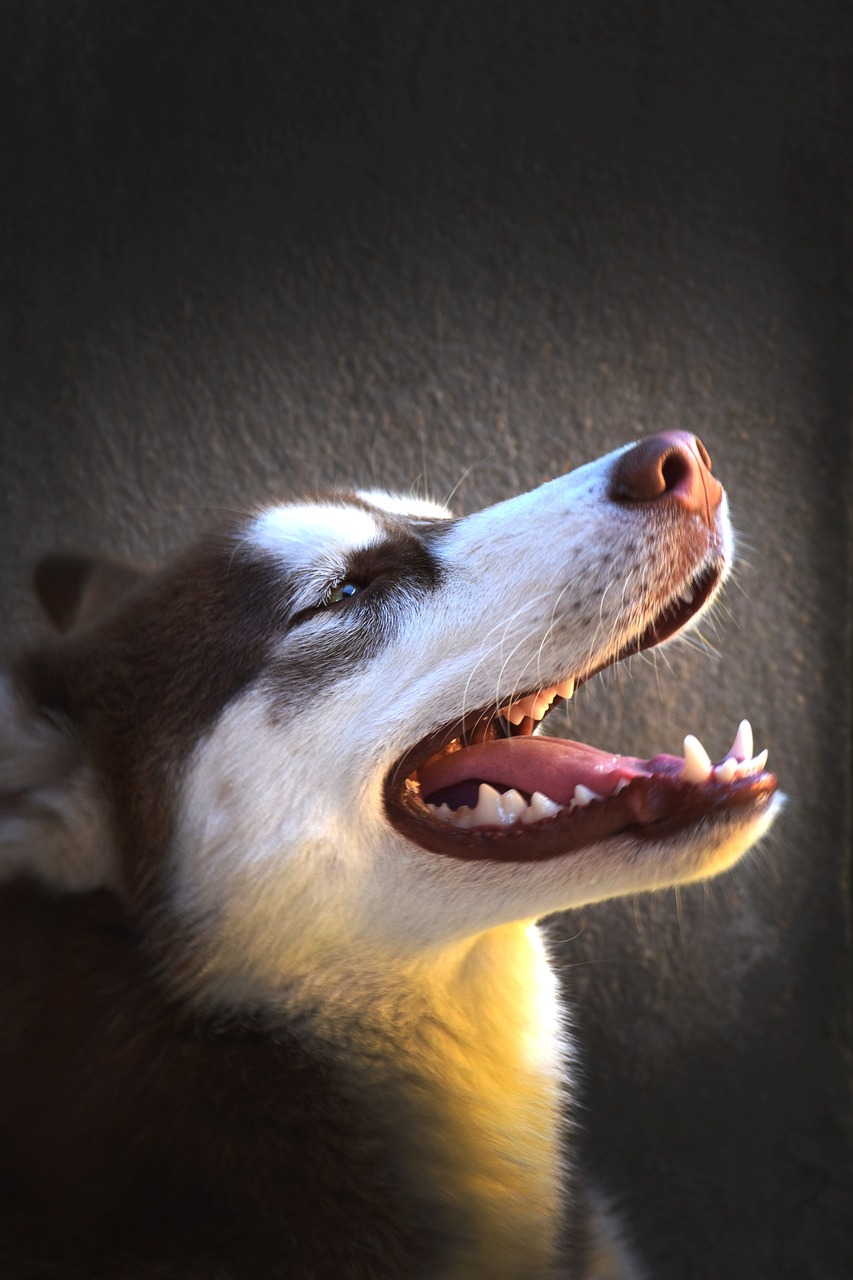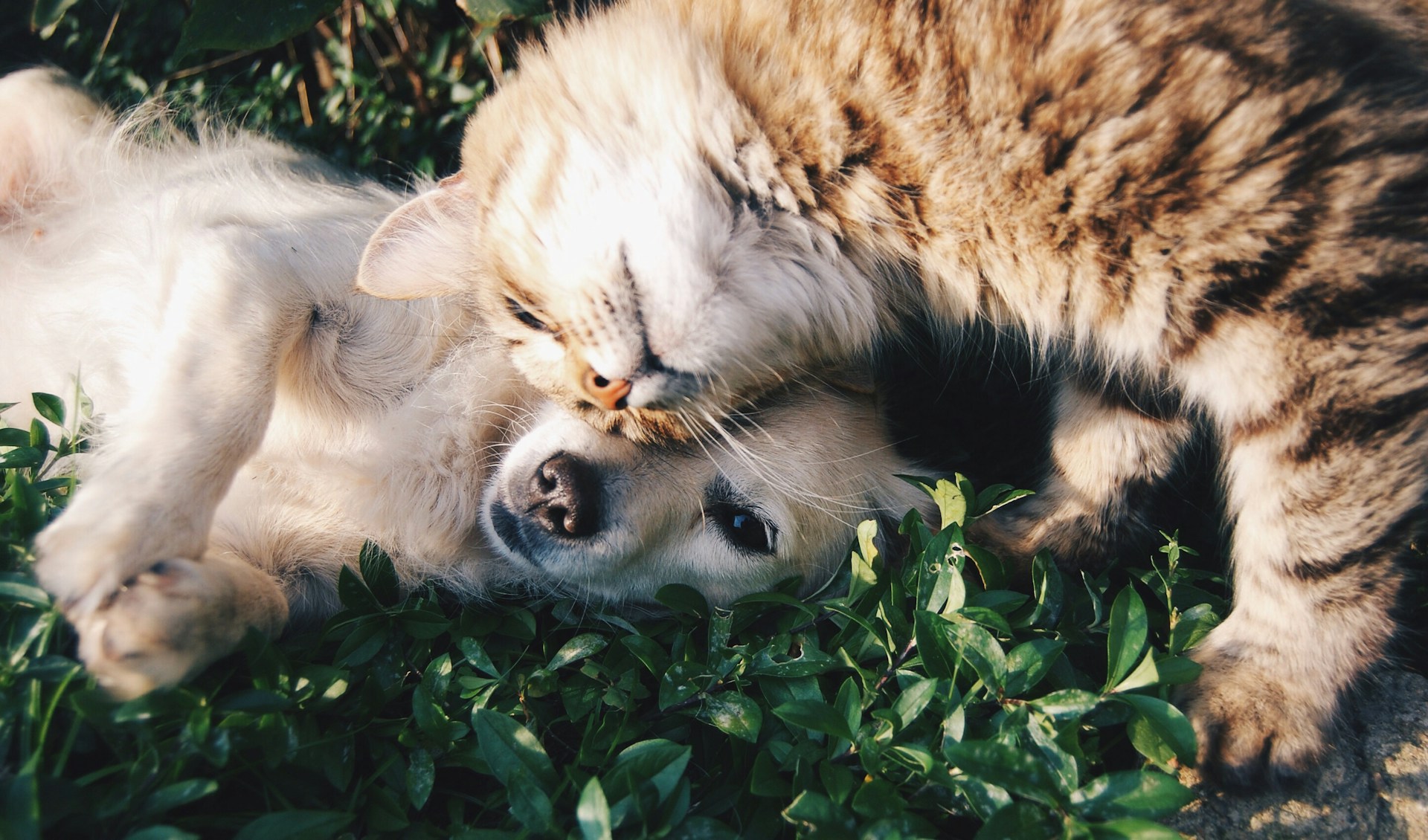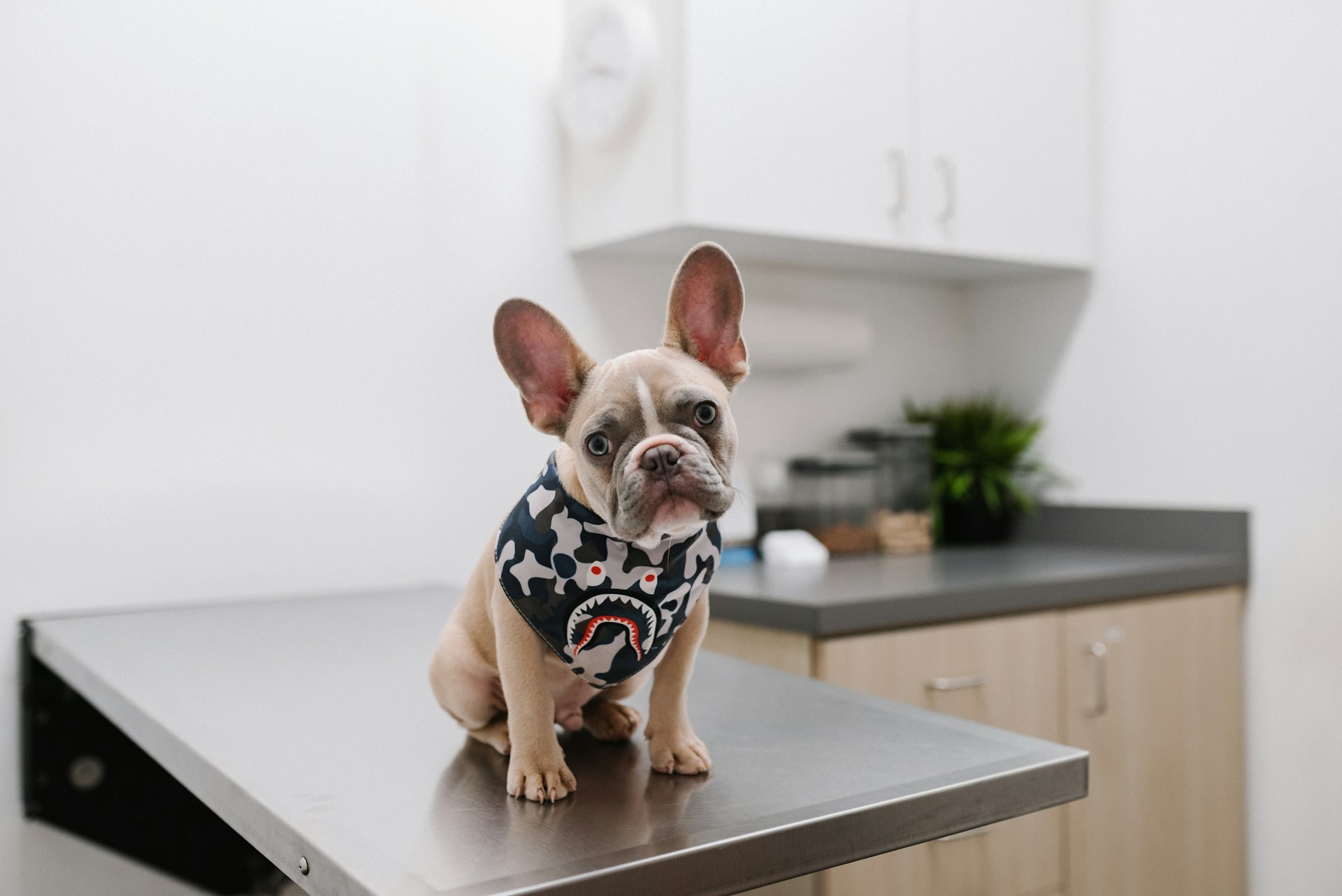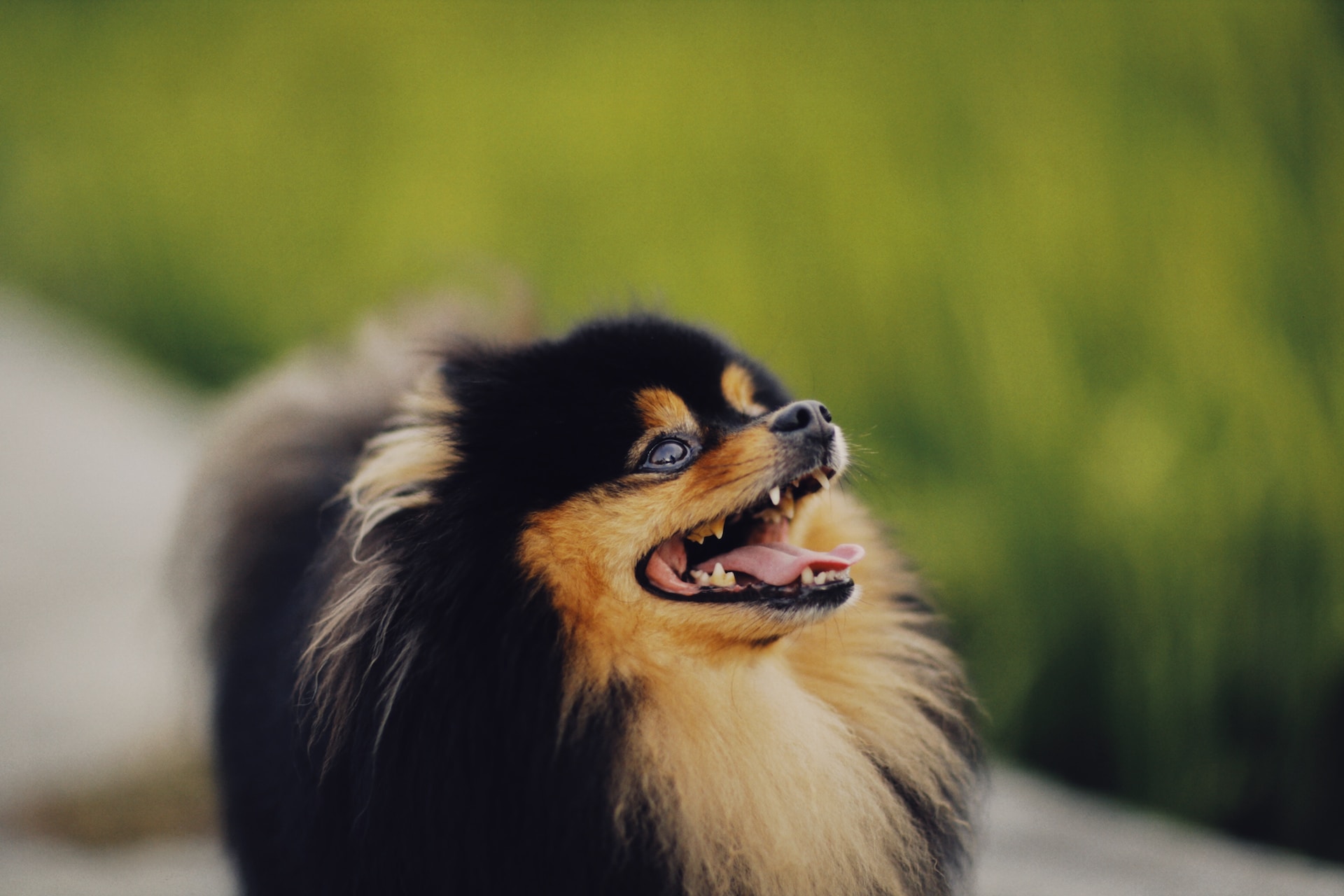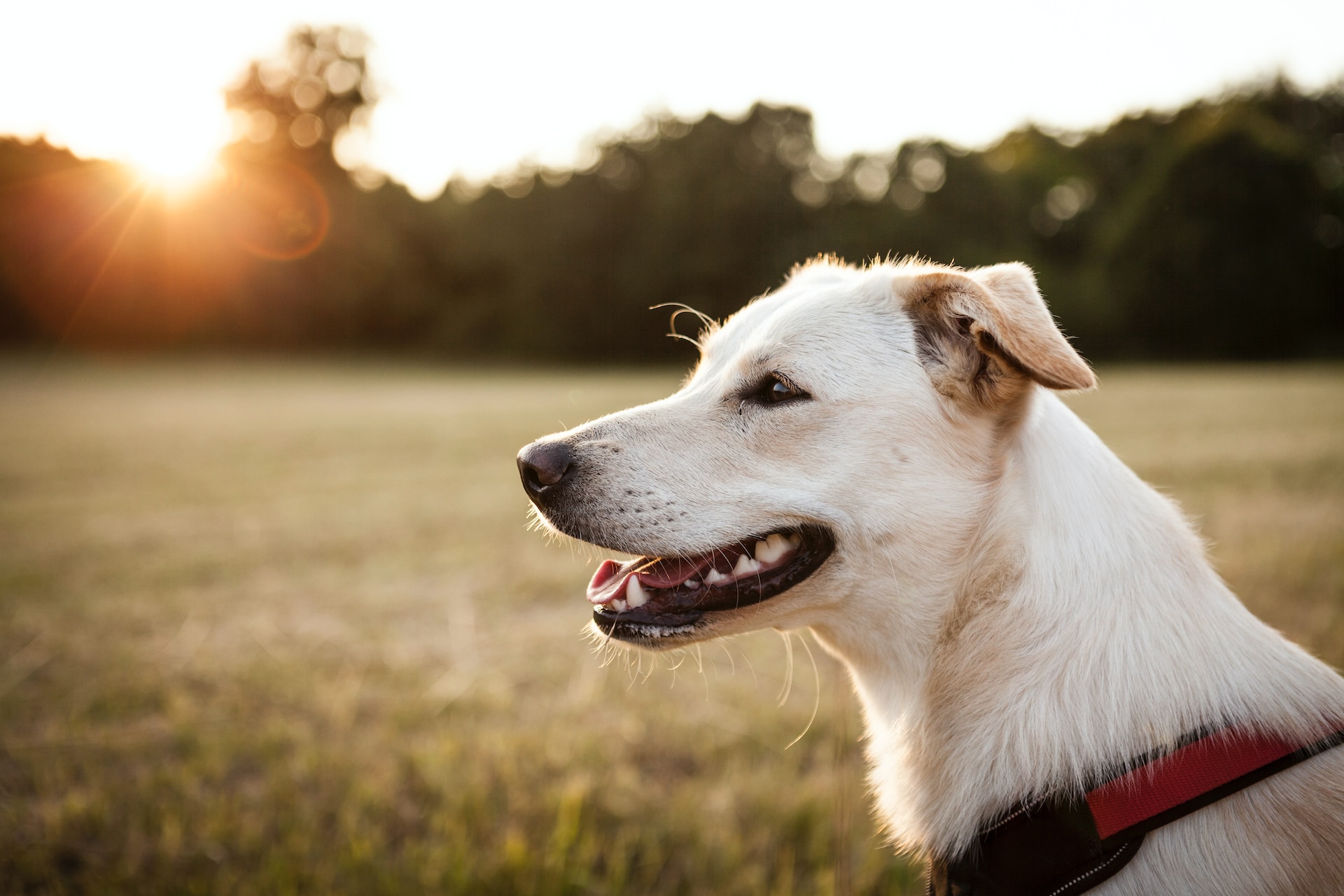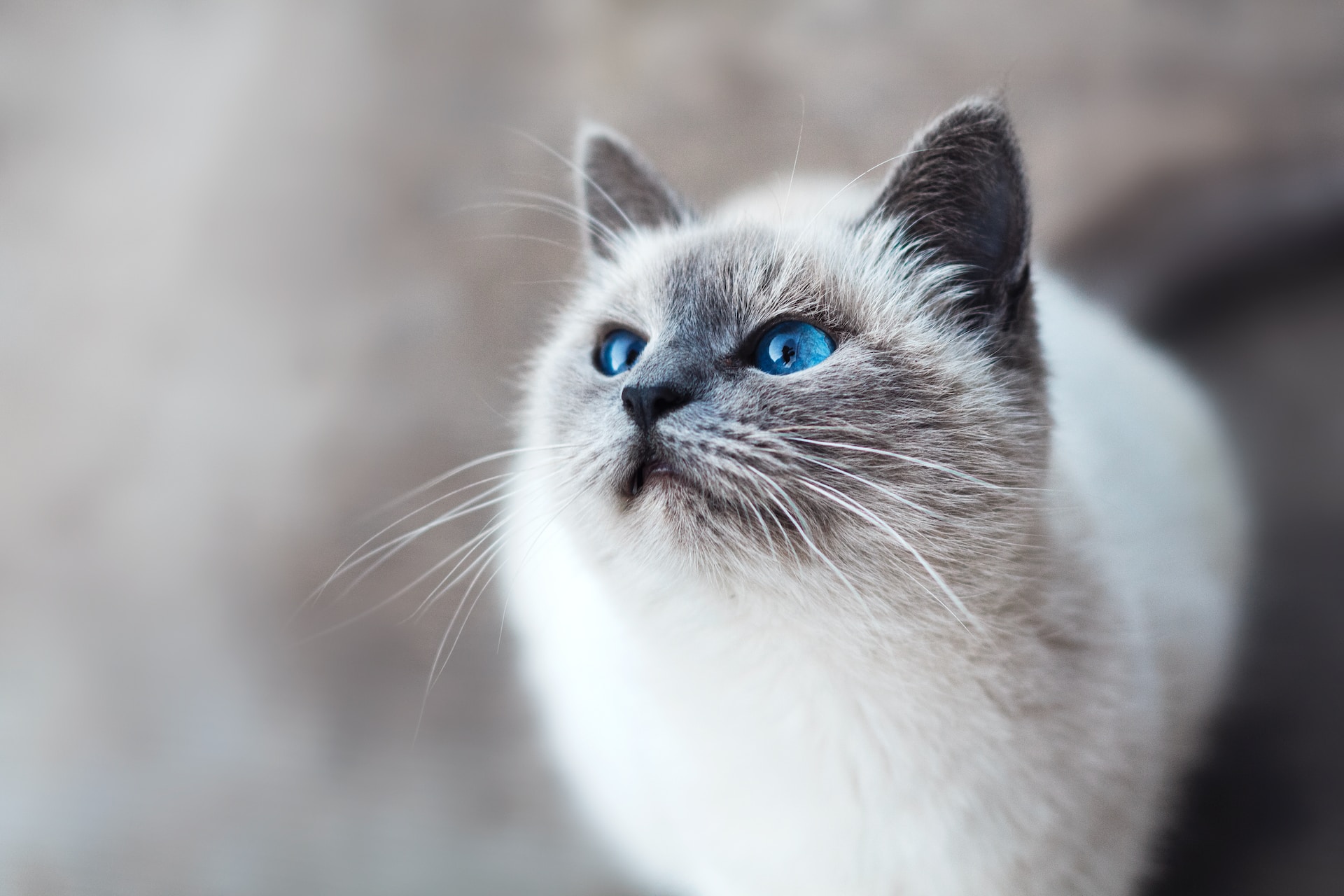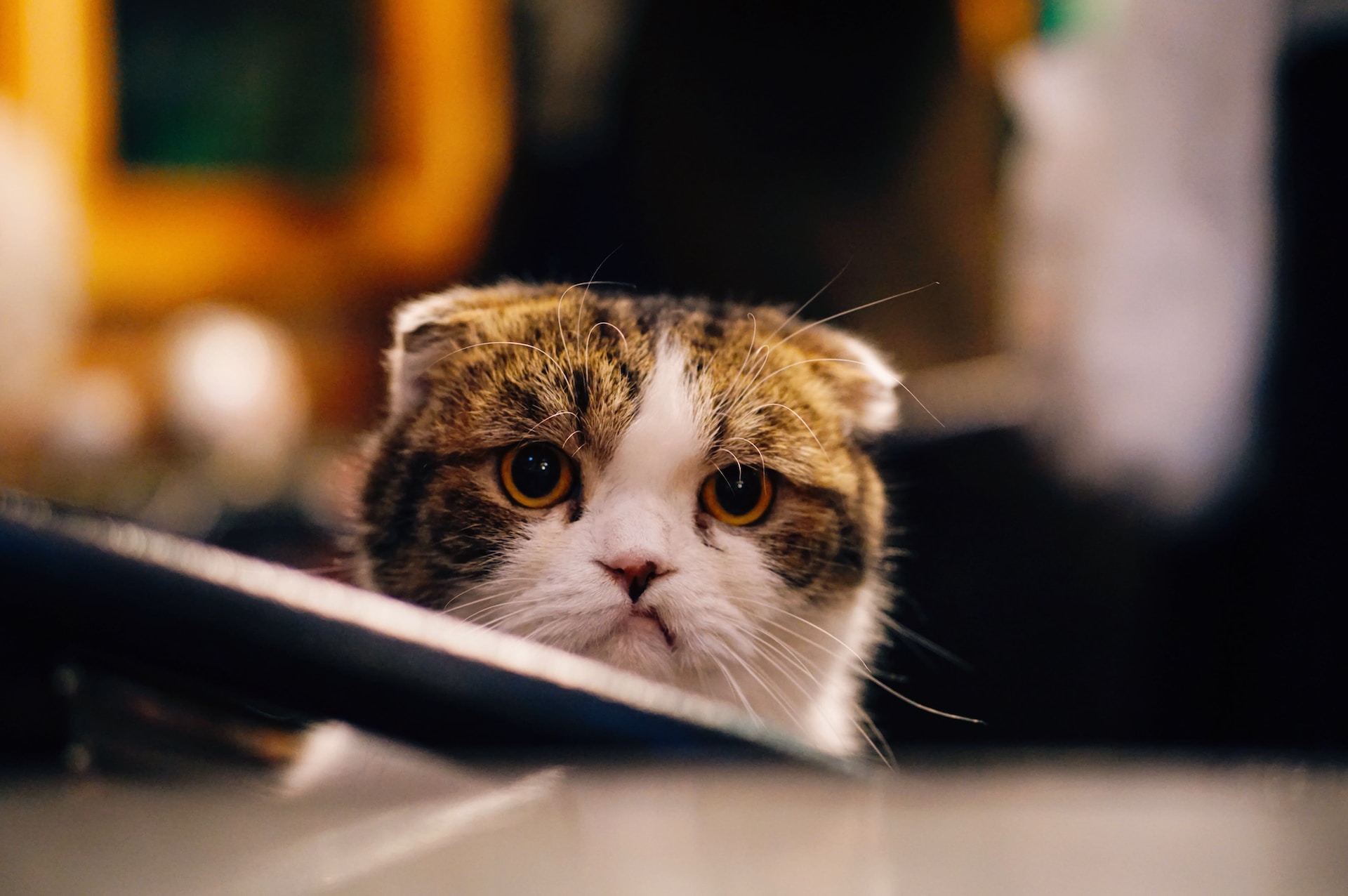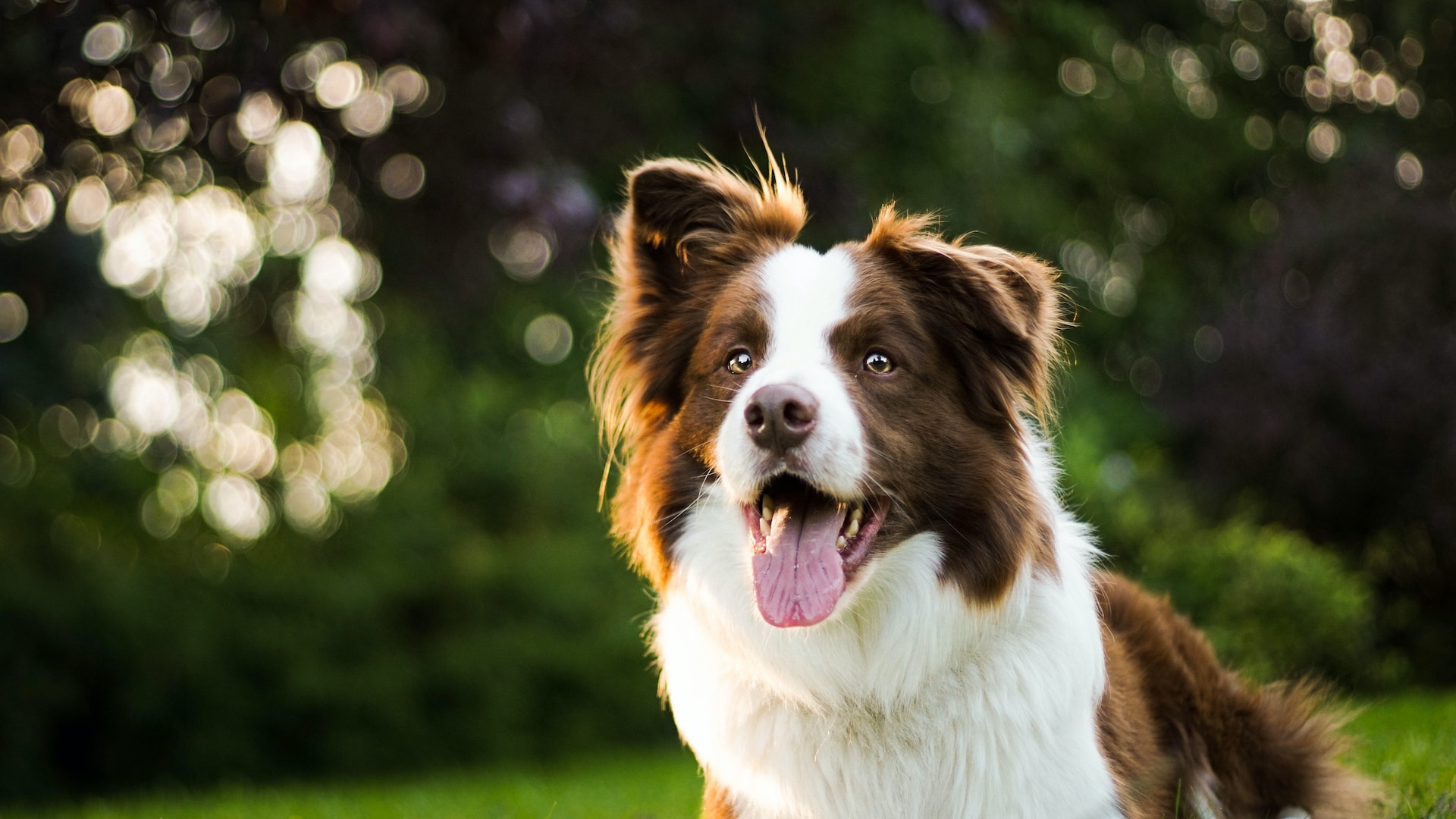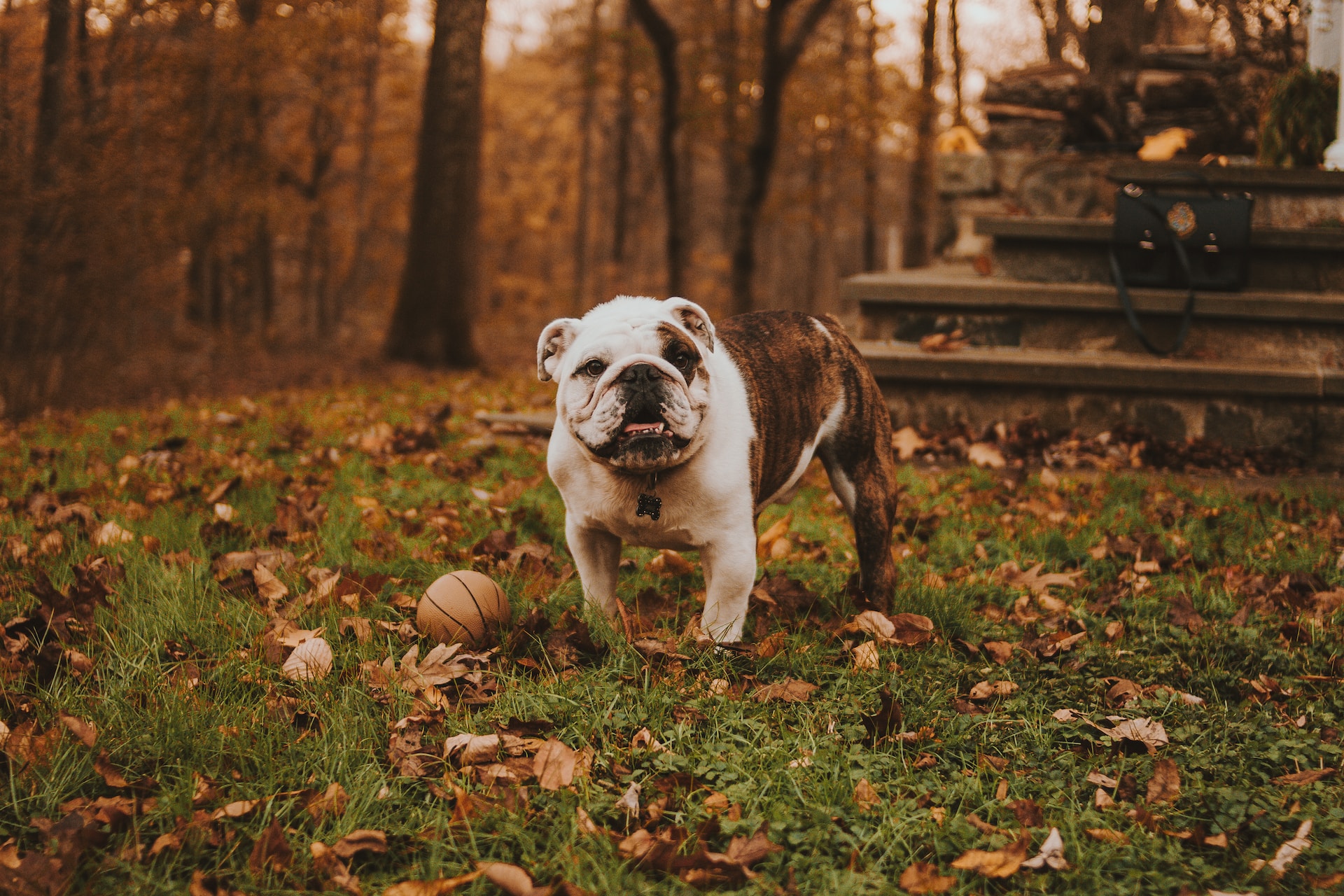Why is Anesthesia Necessary for Dogs and Cats to Have Their Teeth Cleaned?
- Written by Patrick Vall, DVM, DAVDC Two big reasons why is anesthesia necessary for dogs and cats to have their teeth cleaned are safety and comfort. Going to the dentist for a human is rarely a fun experience, but we recognize it is a vital...
